Understanding Newman Projections in Stereochemistry
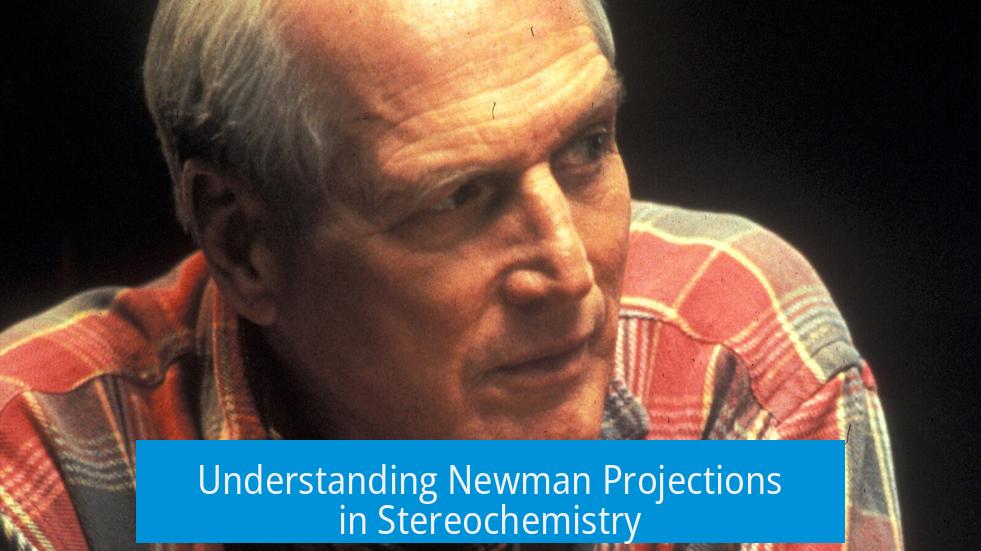
Newman projections visualize the spatial arrangement of substituents on two adjacent carbons by looking straight down the bond connecting them. This helps in analyzing conformations and stereochemistry effectively.
Identifying Front Carbon Substituents and Orientation
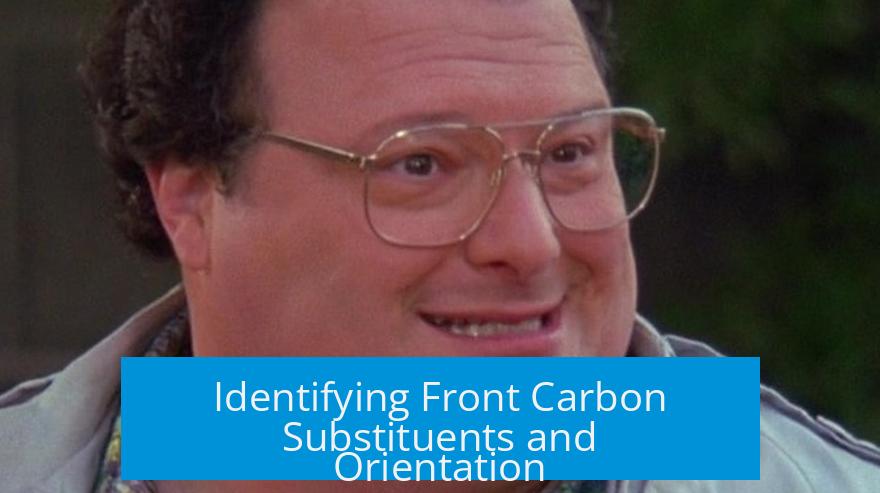
In the given molecule, the front carbon holds a methyl group pointing upwards and a chlorine substituted wedge outwards. When the molecule is rotated 90 degrees vertically so the front carbon faces forward, the chlorine points left. This spatial detail allows elimination of some answer options immediately.
- Front carbon methyl: upward
- Front carbon chlorine: wedge out, points left after rotation
- Options C and D excluded based on this orientation
Identifying Back Carbon Substituents and Orientation
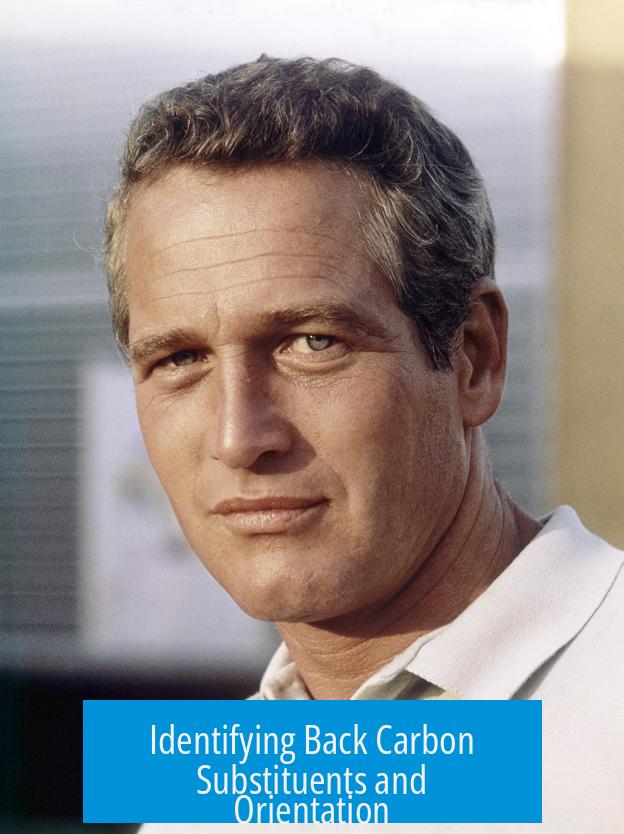
On the back carbon, bromine points downward, while the methyl group is dashed backward. Rotating the molecule 90 degrees vertically to face the back carbon forward places the methyl on the right, opposite from the chlorine’s position. This orientation dismisses option A because the methyl and chlorine do not share the same stereochemical side.
- Back carbon bromine: downward
- Back carbon methyl: dashed backward, points right after rotation
- Option A incorrect due to opposing stereochemistry of methyl and chlorine
Rotation of Back Carbon Bond and Its Effect

The tricky aspect is that the bond involving the back carbon is rotated 120 degrees in the answer choices. Keeping the front carbon fixed, this rotation shifts bromine from anti (opposite) to gauche (adjacent) relative to the front methyl, placing bromine to the left of the front methyl.
The back carbon methyl, initially on the left of the front methyl, moves right after rotation. These changes help refine the correct Newman projection.
Determining the Correct Newman Projection

This analysis confirms option B depicts the correct Newman projection. The rotations align the substituents as observed, matching the described stereochemistry closely.
Key Takeaways

- Newman projections require clear distinction of front and back carbon substituent orientation.
- Rotations around the bond can change substituent relationships from anti to gauche.
- Accurate model manipulation aids identification of correct stereochemical arrangements.
- Option B best fits the spatial orientations given in this Newman projection problem.
Cracking the Newman Projections Question: A Clear Guide
https://www.youtube.com/watch?v=0ZtUfjAi1Z0
If you’ve ever stared at a Newman projection and felt your brain twist in knots, you’re not alone. These projections can look like an optical illusion designed to trip you up. At its core, a Newman projection is a way to visualize the spatial arrangement of bonds around a carbon-carbon bond. But how do you determine the right Newman projection, especially when given complex substituents? Identifying the correct Newman projection involves understanding the orientation of substituents on the front and back carbons and considering rotations around the bond. Let’s break down this common Newman projections question step-by-step.
Start with the Front Carbon Substituents and Their Direction
The given molecule has a front carbon with two key substituents: a methyl group pointing upwards and a chlorine atom “wedged outwards”. What does that mean visually?
Imagine turning the molecule 90 degrees vertically so the front carbon faces you directly. In this position, the chlorine swings to the left side. This isn’t a guess; if you have a model or even just your hands, you can simulate this. This immediate observation lets you eliminate answer choices that show chlorine elsewhere, specifically options C and D in the problem.
Why is this crucial? Because Newman projections rely heavily on correct spatial relations. If your front carbon substituents aren’t positioned correctly, the entire projection falls apart.
Next Up: Check the Back Carbon Substituents
Now, focus shifts to the back carbon. It’s substituted with a bromine atom pointing down and a methyl group dashed backward, away from us. Turning the molecule 90 degrees vertically so that the back carbon faces you, the methyl switches to the right side, directly opposite where the chlorine sits on the front carbon.
This opposite positioning is a subtle but powerful clue. For instance, option A places the bromine and methyl in the wrong orientation relative to chlorine, meaning its stereochemistry doesn’t match. Again, if you have a model, spinning it around can prove this to yourself instantly.
Be Wary: The Rotation Trick!
Here’s where things get interesting. The puzzle isn’t just about placing substituents; it’s about considering bond rotations. The problem sneaks in a rotation of the back carbon bond by 120 degrees—an important twist!
Originally, bromine positions itself anti (directly opposite) to the methyl on the front carbon, sitting at the bottom. After rotation, it becomes gauche, positioned to the left of the front methyl. Meanwhile, the back carbon’s methyl shifts to the right of the front methyl.
This rotation means none of the straightforward projections work as expected. The bond can spin freely, and the Newman projection must account for that. Missing this step causes many to pick the wrong projection by assuming static positions.
Finding the Right Newman Projection: The Final Step
After adjusting for rotation, the answer becomes clear. The bromine’s new positioning and the methyl’s swap confirm that option B is the correct projection of this molecule.
It’s a neat example of how taking bond rotations into account can change your entire perspective—literally!
Why Does All This Matter?
You might be asking, “Why bother with such precise rotations and orientations?” Well, Newman projections aren’t just exam fodder. They reveal the molecule’s conformational preferences, energy states, and potential reactivity.
- Understanding which groups are gauche or anti helps predict steric hindrance.
- They explain why some conformations are more stable than others.
- This knowledge is crucial in drug design, chemical synthesis, and understanding biochemical pathways.
Pro Tips for Tackling Newman Projection Questions
- Always start with the front carbon. Face it directly and define where substituents lie. It sets your frame of reference.
- Use physical models when possible. Nothing beats moving around actual pieces to visualize 3D rotations.
- Don’t overlook bond rotations. A single 120-degree twist can turn your answer upside down.
- Pay attention to stereochemistry. Groups pointing wedges or dashes need careful treatment to avoid confusion.
- Practice with multiple examples. The more you engage with these questions, the better you become at instant recognition.
A Final Thought
Newman projections may look daunting, but they’re manageable once you break them into parts: front carbon substituents, back carbon substituents, and rotations between them. By visualizing the molecule correctly, you sleep easier, knowing your answer matches the molecule’s real three-dimensional shape.
Have you tried using tumor models or software to interactively spin molecules? If not, dive in! It’s like having x-ray vision for organic structures. You’ll find your confidence with Newman projections soaring.
Turns out, mastering Newman projections isn’t about rote memorization but about seeing molecules the way they really are. So next time a Newman projections question pops up, remember: it’s about watching those tiny groups dance around in 3D space. And now, you’re all set to spot their moves like a pro!
What does it mean when the chlorine on the front carbon points to the left in a Newman projection?
It means the molecule is rotated so the front carbon faces us. The chlorine, initially wedged outward, shifts left after a 90-degree vertical turn. This orientation helps eliminate some answer choices in the Newman projection question.
How does the orientation of the back carbon substituents affect the correct Newman projection?
Bromine points down and methyl points backwards on the back carbon. Rotating the molecule 90 degrees shows methyl opposite chlorine. This opposing stereochemistry rules out some options and guides the correct structure choice.
Why do we rotate the back carbon by 120 degrees in this Newman projection question?
Rotating the back carbon bond changes substituent positions. Bromine moves from anti to gauche relative to the front methyl. This rotation helps match the correct spatial arrangement and find the right answer.
Why is option B the correct Newman projection after rotation?
After rotating the back carbon 120 degrees, the bromine is gauche to the frontal methyl and on the left side. The methyl on the back carbon shifts right, matching the configuration in option B.


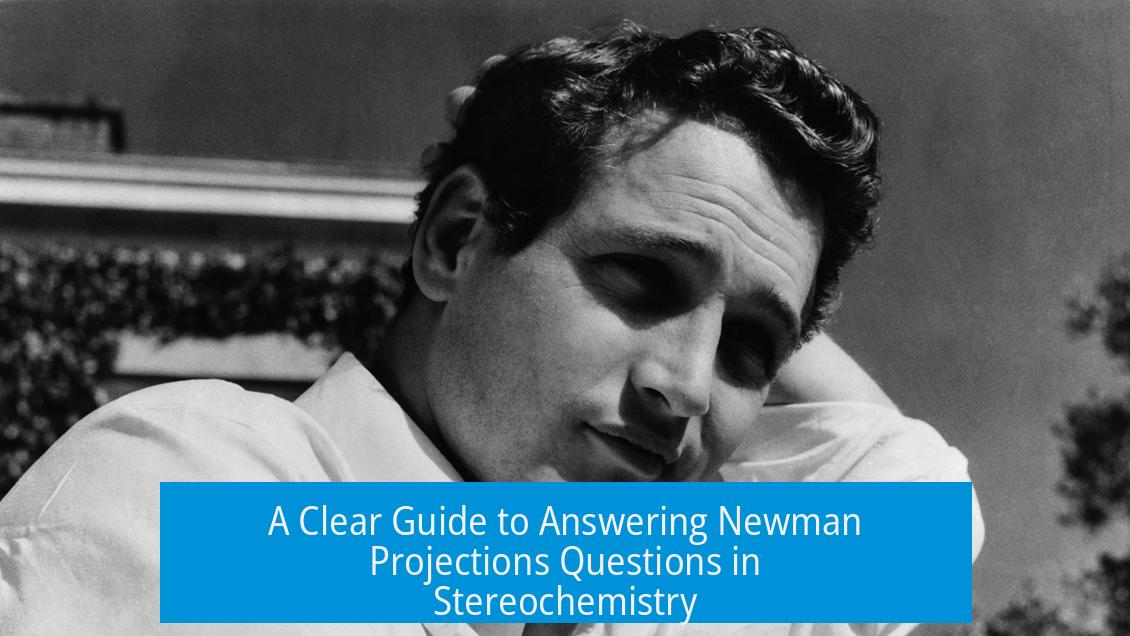

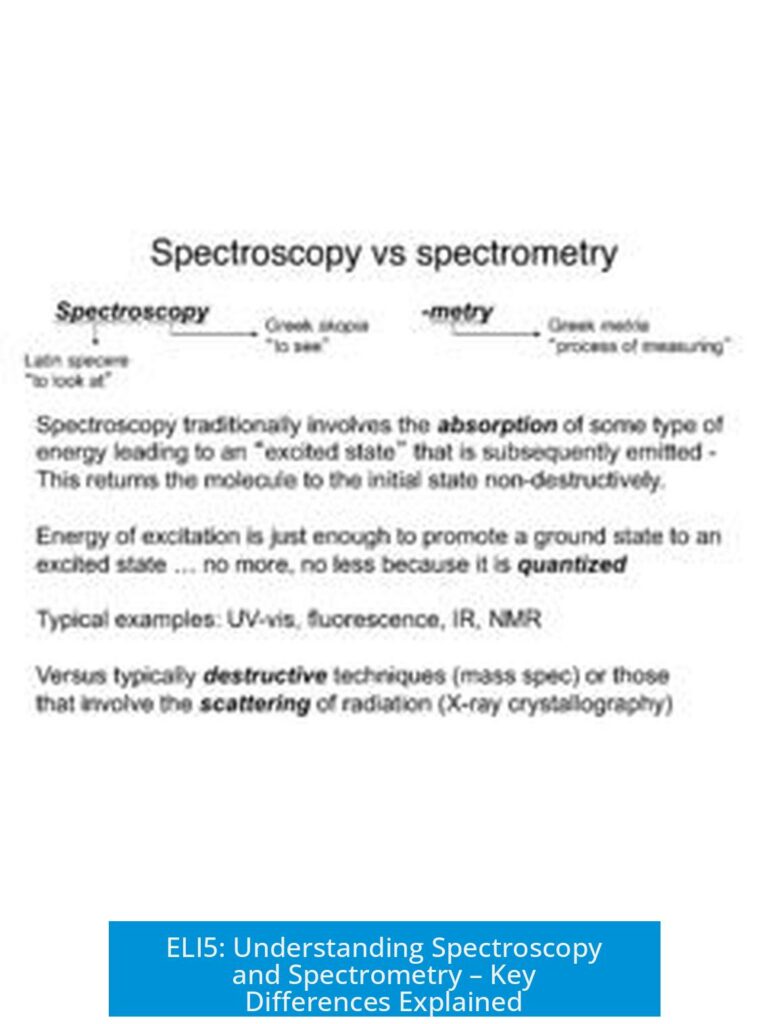
Leave a Comment